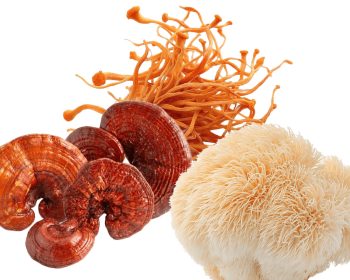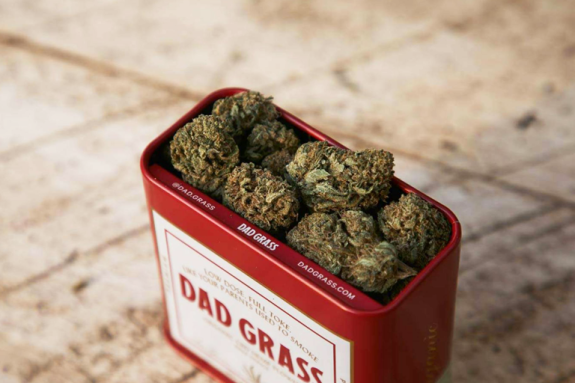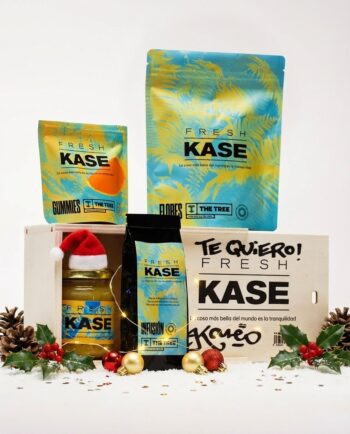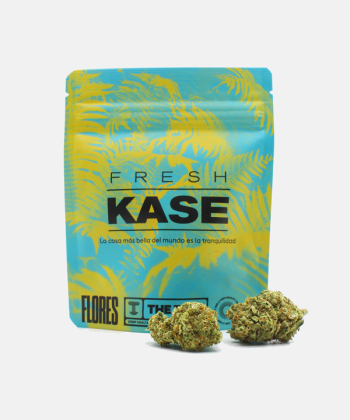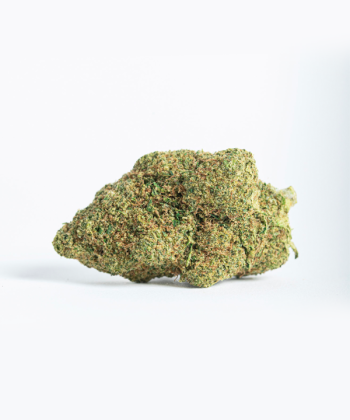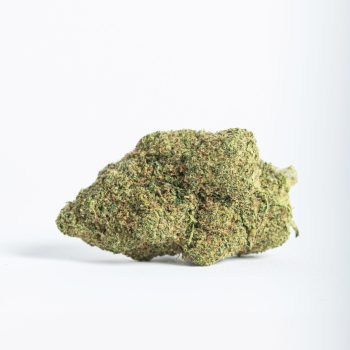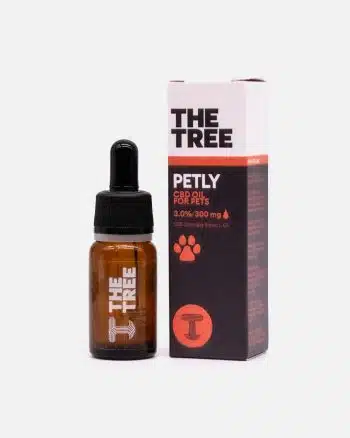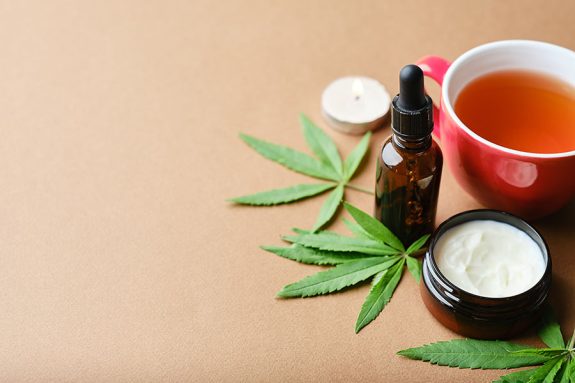
Despite common confusions with marijuana, hemp is a plant with very different characteristics and applications. This article will explore in depth what hemp is, highlighting its chemical composition, properties and the many uses it can have in our daily lives.
From its active components, such as cannabinoids and terpenes, to its applications in industries as diverse as textiles, construction and food, hemp presents itself as a sustainable source of materials and benefits for human life.
Dive with us into the world of hemp, a plant that is redefining industries and enriching lives through its impressive properties and benefits.
Key differences between hemp and marijuana
Although hemp and marijuana come from the same plant family, Cannabis sativa L., their differences are significant both in their chemical composition and in their applications and legality.
These differences are crucial to understanding why hemp can be used in so many different contexts, while marijuana is generally associated primarily with recreational uses. Here are the characteristics that distinguish the two plants:
- THC and CBD content: The most notable difference between hemp and marijuana is the content of tetrahydrocannabinol (THC), the psychotropic compound that produces euphoric effects. By law, hemp contains less than 0.3% THC by dry weight, which is insufficient to produce altered perception. In contrast, marijuana can contain from 5% to more than 30% THC, which explains its potency and recreational use. Hemp, on the other hand, is a plant rich in CBD, which is its main cannabinoid.
- Legality: Due to its low THC content, hemp is legal in most countries, under certain regulations that ensure that the plants do not exceed the aforementioned limit. Marijuana, on the other hand, remains illegal in many places due to its high THC percentage, although several states and countries have begun to legalise its use under strict regulations.
- Use and applications: Hemp has a wide range of industrial and commercial applications, including the manufacture of textiles, ropes, building materials, beauty products, and food supplements. Marijuana, on the other hand, is mainly used for recreational purposes and, to a very limited extent and under strict medical control, for medicinal purposes.
These differences affect not only how these plants are regulated and used, but also how they are perceived socially and legally. Understanding these distinctions is essential for anyone interested in the cultivation, sale or use of cannabis products.
Uses of hemp
Hemp is one of the most versatile and sustainable plants in existence and is used in multiple industries for its exceptional properties. Below, we explore its various applications.
- Textile industry: Hemp has been used to make textiles for thousands of years. Its fibre is strong, durable and mould-resistant, making it ideal for the production of clothing, bags, shoes and other accessories. Hemp fabrics also offer good thermal regulation and are biodegradable, making them a preferred eco-friendly choice in sustainable fashion.
- Construction: In the construction field, it is used to produce “hempcrete”, a brick-making material that mixes hemp fibres with lime. This material is lightweight, insulating and carbon-absorbing, providing an environmentally friendly alternative to traditional building materials. In addition, hempcrete’s insulating properties contribute to the energy efficiency of buildings, reducing heating and cooling costs.
- Cosmetics industry: Hemp seed oil is highly valued in cosmetics for its rich composition of essential fatty acids, antioxidants and vitamins. It is used in products such as moisturisers, serums, lip balms and hair care products. Hemp seed oil is also used as a base for many CBD products, such as CBD oil.
- Food industry: Hemp seeds are nutritious and rich in protein, omega-3 and omega-6 fatty acids, and various minerals such as potassium, magnesium and iron. They are consumed in the form of whole or peeled seeds, oil and vegan protein powder.
- CBD production: In addition to its industrial and nutritional uses, hemp is an important source of cannabidiol (CBD), a non-psychotropic compound used for its numerous benefits. CBD is extracted from the flowers of hemp plants and is used in a wide variety of products, including oils, creams and e-liquids, among many others.
Each of these applications demonstrates hemp’s ability to provide eco-friendly and effective solutions in a variety of industries, making the plant an invaluable resource on the path to a greener, more sustainable future.

